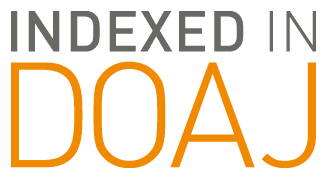Short Title
Increasing Academic Achievement for Students on the Spectrum
Keywords
autism, inclusion, collaboration, educational leadership, empowerment
Abstract
The problem that drove this study was the increasing number of students with autism entering the school system, and the barriers often encountered for both academic and social inclusion for students on the autism spectrum. Autism Spectrum Disorder, as defined by diagnostic criteria, includes deficits in social-relational communication; social-communication deficits can lead to educational impacts and limit opportunities upon transitioning from the public-school system. The purpose of this study was to examine the barriers to inclusion, from the perspectives of key stakeholders to include Local Education Agency (LEA) representatives, general and special education teachers, school counselors, school psychologists, speech-language pathologists and other educators who may be involved with Individualized Educational Plans (IEP). A phenomenological, qualitative study with a critical paradigm was conducted to discuss and examine individual experiences and perspectives concerning barriers encountered to inclusion as well as suggestions for better practices through and reported successes. The findings suggest several barriers to inclusion from each perspective and that collaboration of the IEP team is key to the development and implementation of successful IEPS that include both academic and social inclusion goals. Inclusive climates begin with a vision and mission of inclusion academically and socially from educational leadership.
Recommended Citation
Holmes, Stephanie C. and Butcher, Jennifer
(2019)
"Educational Leaders Can Lead the Way for Increased Academic Achievement for Students on the Autism Spectrum,"
School Leadership Review: Vol. 15:
Iss.
1, Article 20.
Available at:
https://scholarworks.sfasu.edu/slr/vol15/iss1/20
Included in
Disability and Equity in Education Commons, Educational Administration and Supervision Commons, Educational Leadership Commons, Educational Psychology Commons, Social and Behavioral Sciences Commons
Tell us how this article helped you.


